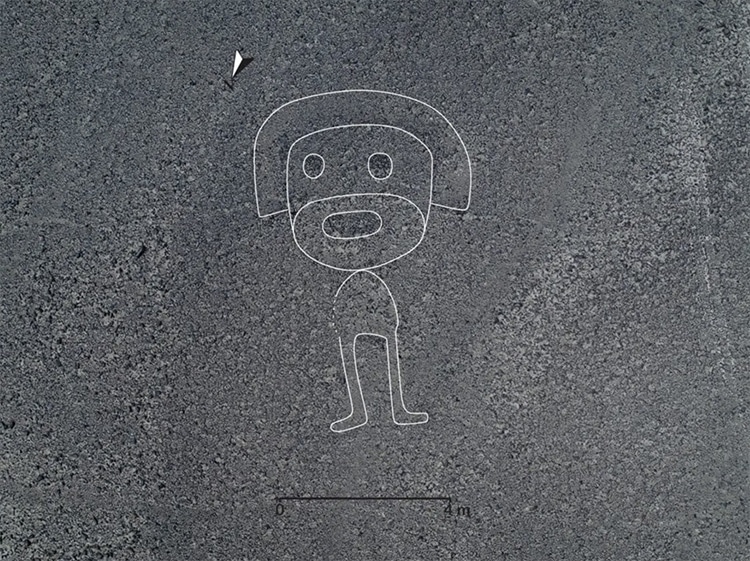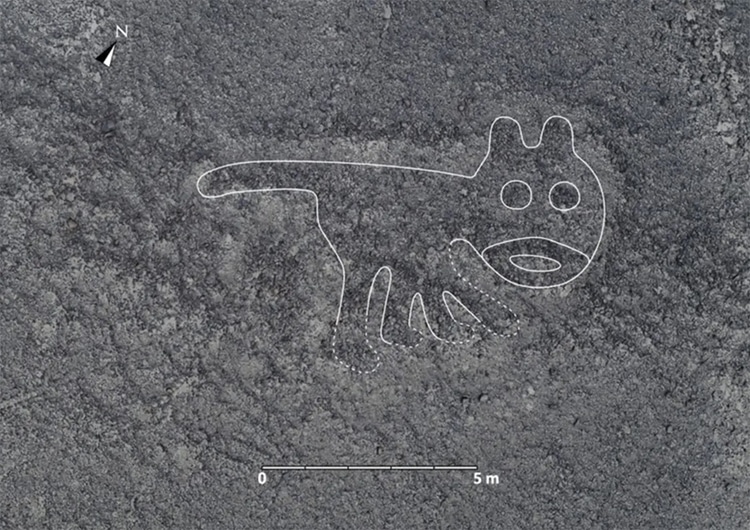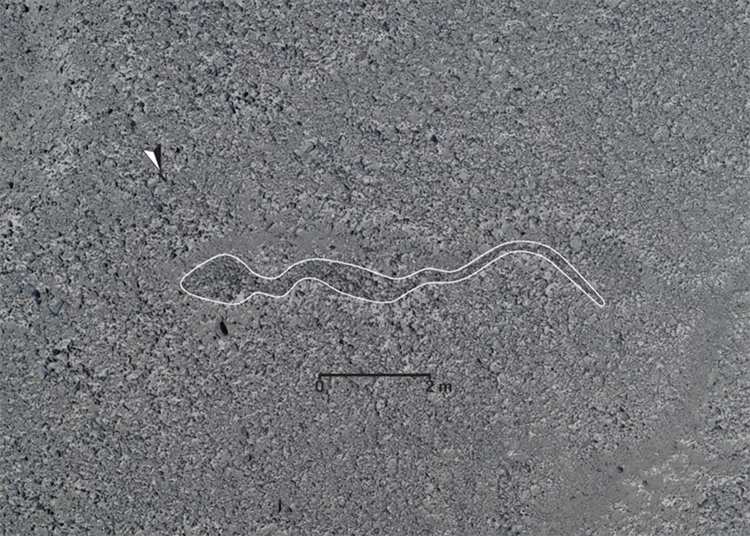Various animals and humans frolic across the grasslands.
These drawingsknown as the Nazca Linesare aUNESCO World Heritage Site.
Most of the etchings are less than 30 feet in diameter.

Photo:Yamagata University
The smaller ones can be seen from vantage points on the ground.
The Yamagata University team used aerial photography and drones to capture a bird’s-eye view of the plains.
Byexamining their footage, the researchers were able to spot the new figures.

Photo:Yamagata University
These include birds, snakes,cats, and orca whales.
In total, the geoglyphsnow numbering a total of 358cover over 170 square miles.
Mystery still surrounds theNazca Lines.

Photo:Yamagata University
They come in three varieties: straight lines, geometric designs, and pictorial representations.
The dryness of the region has kept the drawings safe from erosion over the years.